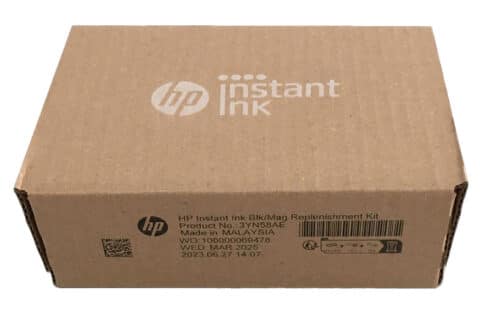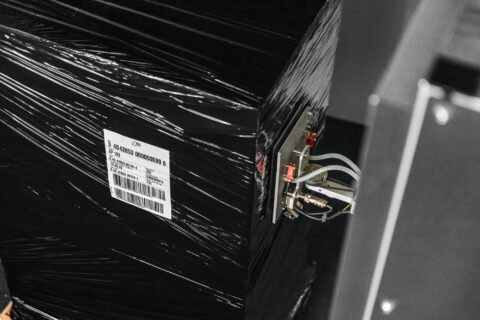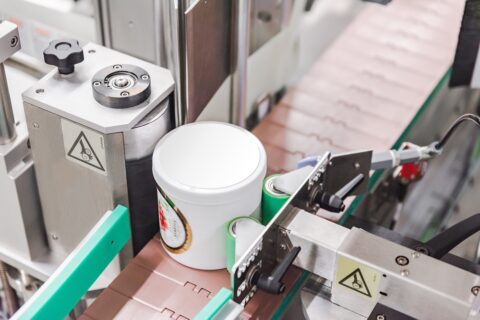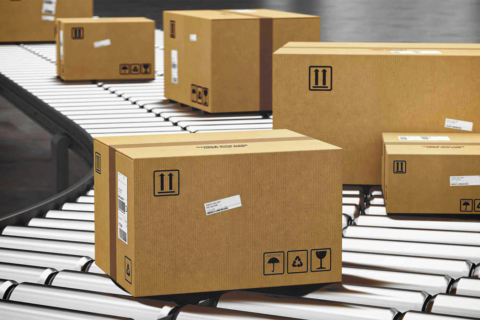Good Distribution Practice (GDP)
Good Distribution Practice (GDP) represents a solid set of quality standards, guidelines, and principles for the sourcing, handling, and transportation of pharmaceuticals. GDP plays a crucial role in maintaining the quality and integrity of these products throughout the entire supply chain, from their origin at the manufacturer’s facility to the final destination with the end-user.
In more detail, what are the key aspects of Good Distribution Practice?
Regulatory Compliance
GDP establishes a set of minimum standards to ensure that both medical devices and pharmaceutical products comply with current regulatory requirements. It forms the backbone of adherence to the most important industry regulations.
Extended Assurance
GDP is not only applied to storage and preservation but also to the entire logistics of transportation. Nothing is left to chance; it must be ensured that products are stored, managed, and transported under the precise conditions specified in their technical specifications.
Integration into Quality Control
GDP is an irreplaceable element of quality assurance, requiring companies to establish a robust system of controls. This system ensures that products are consistently maintained and managed under conditions that reflect the marketing authorization or product specifications.
Supply Chain Supervision
GDP is responsible for overseeing the entire pharmaceutical supply and distribution chain, from the collection and preservation of drug raw materials to the production phase, and ultimately reaching the end-user. Compliance with this approach ensures product integrity at every stage.
Timely and Effective Deliveries
A fundamental aspect of Good Distribution Practice (GDP) is ensuring that the right pharmaceutical products are delivered to the intended recipients within an acceptable timeframe. This precision is essential to maintain supply chain efficiency.
Product Safety Assurance
GDP plays a key role in the pharmaceutical industry by ensuring that delicate products, once in the hands of patients, maintain their effectiveness, purity, and safety. This assurance instills confidence in both suppliers and consumers.
Traceable Records and Documentation
Traceability becomes a cornerstone of the entire supply chain. It allows for the rapid identification of the origin of any pharmaceutical product, its path, and its current location. This is crucial in situations where a product may need to be recalled due to safety or quality issues. Thanks to traceability, affected products can be isolated quickly, and necessary corrective measures can be taken.
Good Distribution Practice in Summary
In summary, Good Distribution Practice (GDP) represents a solid framework of standards, guidelines, and principles governing the preservation and transportation of pharmaceutical products. Its primary goal is to safeguard the quality and integrity of these products throughout their journey from the manufacturer to the end-user. In the pharmaceutical industry, GDP plays a critical role in ensuring product safety and regulatory compliance, making it an essential component of the entire distribution chain.
For a comprehensive understanding and implementation of Good Distribution Practice (GDP), contact the professionals at Weber Marking Systems at www.weber-marking.com


















